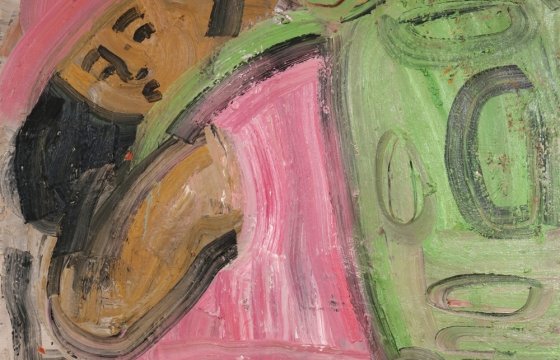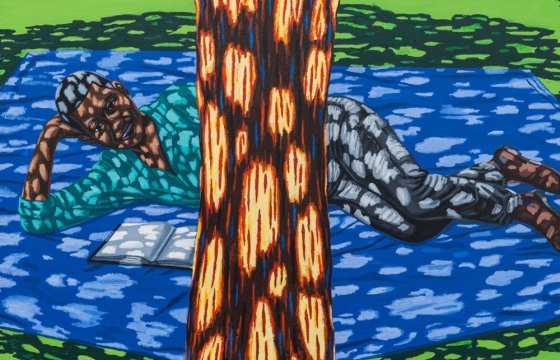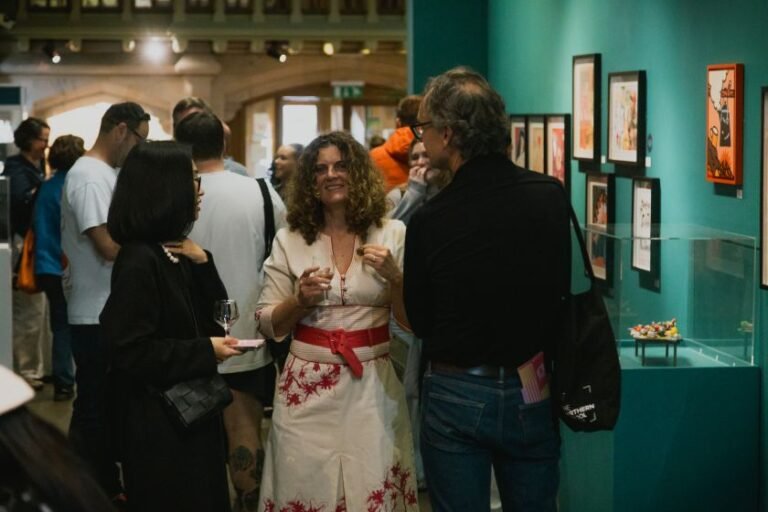

Image licensed via Adobe Stock
As uncertainty reshapes the industry, studios are betting on smarter processes, bolder thinking and deeper client partnerships.
It’s fair to say that, as we edge towards 2026, one word is dominating the creative industries: uncertainty. After years of pandemic-induced volatility, economic turmoil, and AI disruption, no one really knows what’s going to happen next. And anyone who claims otherwise is either deluded or simply lying.
At the same time, creative leaders have to, well, lead. And so heads of studios are reading the signals carefully, making their best guesses, and devising strategies for the year ahead. Because although, in the words of Helmuth von Moltke the Elder, “No battle plan ever survives first contact with the enemy”, you’ve still got to have a plan, otherwise you’re already sunk.
So in the final months of 2025, we asked creative leaders across the UK and US what signals are already influencing their thinking for the year ahead.
Smarter systems
Beth Andlaw, co-founder and communications director at FORM Brands Studio, identifies two big priorities shaping her studio’s approach. The first is efficiency. “We’re streamlining how we work by using tools, automation and AI agents to make the process smoother, freeing up time to focus on thinking and craft,” she explains. “It’s not about replacing people; it’s about fighting the faff.”
The second is visibility. “So it’s about getting our voice out there more, publishing opinion pieces, sharing insights, having conversations that contribute to the industry,” says Beth. Her conclusion? “2026 feels like it’ll belong to studios who work smarter and speak louder, efficient in process, open in perspective.”
Blurring boundaries
Cat How, founder and executive creative director at How&How, offers a view from across the Atlantic that suggests both caution and transformation are in the air.
“People are spooked about tariffs, which have meant a slow last quarter for agencies across the spectrum,” she observes. “2026 sees the midterms here in the US, which might change things too… but that is a long way off. Culturally, I think clients are being more apprehensive and cautious than they were perhaps six months ago.”
Yet Cat, an alumnus of our Creative Boom podcast, also sees technological change accelerating. “Next year, we’ll see AI becoming part of the fabric of many more things, and matched in client expectations for how work is produced and delivered,” she shares. “We’ll see more advertising agencies and creative agencies swimming further upstream into design agency territory, and doing more rebrands too, as production on their tail-end is swallowed by AI. So 2026 to me will be a blurring of lots of lines, sectors and industry norms.”
Strategy grows in significance
Matteo Di Iorio, creative director at Inter/State, identifies what he thinks will be the biggest story in the year ahead. “We’re seeing a big shift towards strategy right now, and that’s only going to accelerate into 2026,” he predicts. “Clients are realising that great design alone isn’t enough. It’s the thinking behind it that gives it meaning.
“There’s a real appetite for brand experiences that go beyond the visual, that feel intentional and lived-in, he continues. “More and more, clients want to understand how a brand behaves and connects with people, not just how it looks on paper. It’s about building something purposeful that resonates with both customers and teams inside the business.”
This strategic deepening extends to how studios work with clients. Max Ottignon, co-founder of Ragged Edge—the studio behind the recent rebrand of fintech firm Tilt—puts it simply: “The ability to genuinely and meaningfully collaborate with in-house teams is becoming ever more important.”
James Greenfield, CEO of Koto, takes this further, arguing that the industry needs to rethink how it presents itself. “Agency propositions need refreshing to help navigate the purchasing of creative services,” he argues.
Don’t be boring
Meanwhile, in a media landscape saturated with content, Gabryel Shadbolt, senior strategist at Wildish, issues a stark challenge to brands and the agencies that serve them. “There’s a relentless flow of smart, hilarious and engaging content out there, from streamers to stories, comments to essays, apps to ads to AI slop,” she points out. “It’s all competition. So now more than ever: don’t be boring. Dull is the ultimate risk. Surprise people. Be weird. Stand for something. The brands that pull this off best know exactly who they are—so before you enter the ring, figure it out.”
She’s also spotted some emerging cultural shifts that strategists should watch. “On a softer note, closed networks—WhatsApp groups, Substacks, IRL clubs—are quietly gaining cultural power and emotional influence. It’ll be interesting to see how these start showing up more often in campaign strategies. The same goes for niche fandom apps and spaces.”
While much of the industry mood skews cautious, not everyone is hedging their bets. Stu Watson, co-founder and executive creative director at Nomad—the studio that recently evolved Tottenham Hotspur’s brand identity—is taking an unambiguously bullish stance.
“We are going for growth,” Stu declares. “After the COVID boom, and the following slump, we’re betting big on 2026 with a view to clients unlocking bigger budgets to play catch-up on a slow couple of years.”
Key takeaways
What emerges from these insights is an industry at a genuine inflexion point. The signals are certainly mixed. Economic uncertainty sits alongside technological acceleration. Client caution exists alongside pent-up demand. And traditional boundaries are dissolving even as the fundamentals of strategy and craft become more important than ever.
For studios navigating 2026, the path forward will mean balancing multiple, sometimes contradictory imperatives: embrace efficiency without losing craft, deepen strategic thinking whilst maintaining creative courage, blur traditional boundaries whilst sharpening your proposition, and build genuine partnerships that go beyond transactional relationships.
Perhaps most importantly, in an age of relentless content and infinite distraction, the imperative to be interesting has never been more critical. As Gabryel puts it, dull is the ultimate risk. Those who can work smarter, think deeper and be bolder will be best positioned to thrive—whatever 2026 actually brings.


